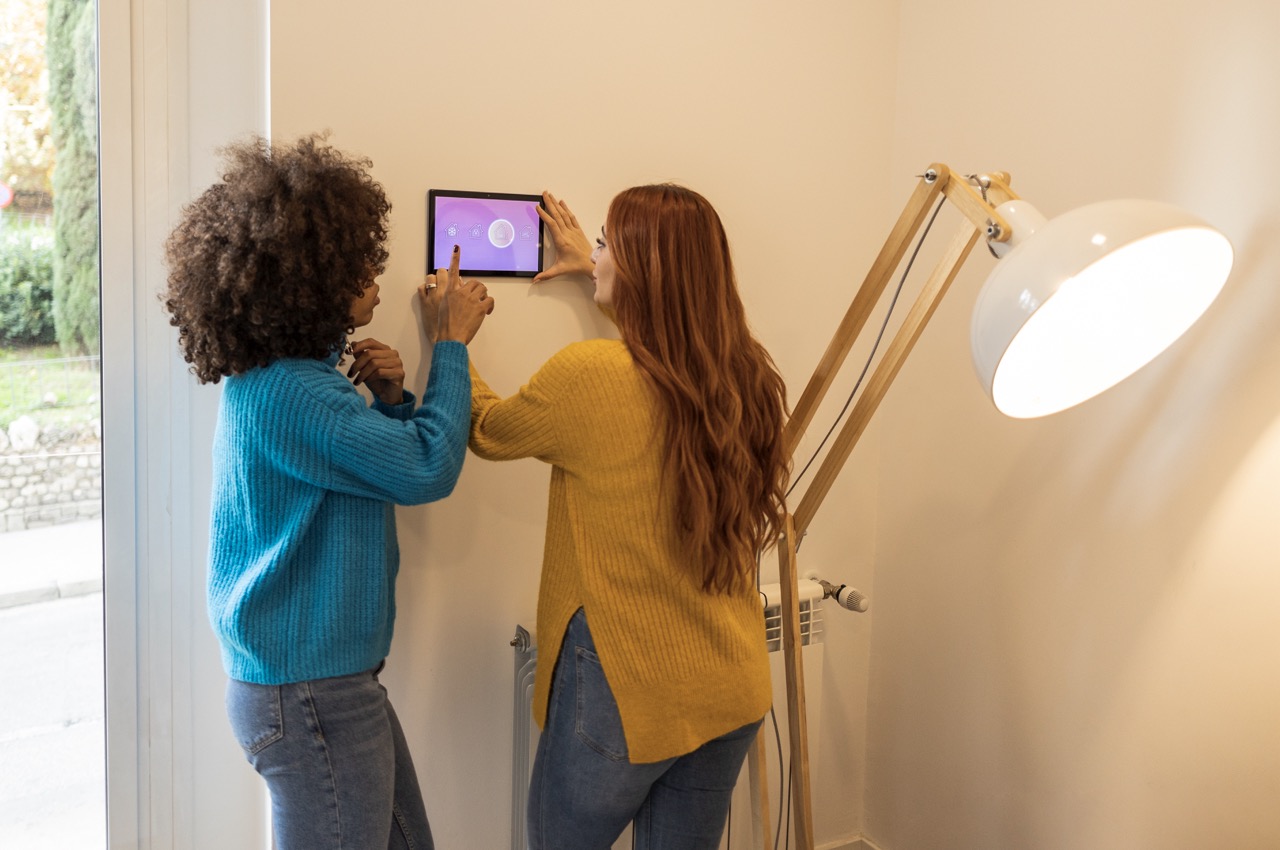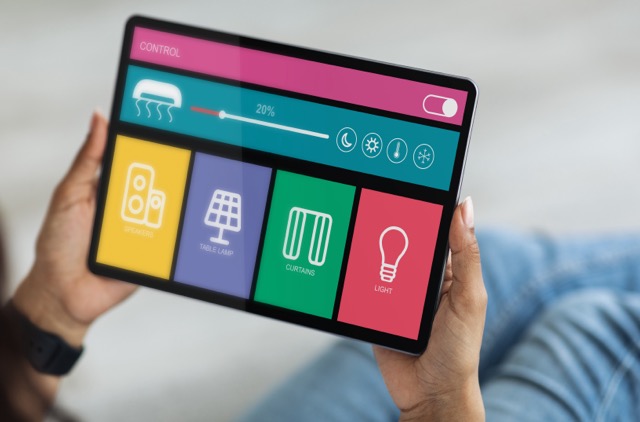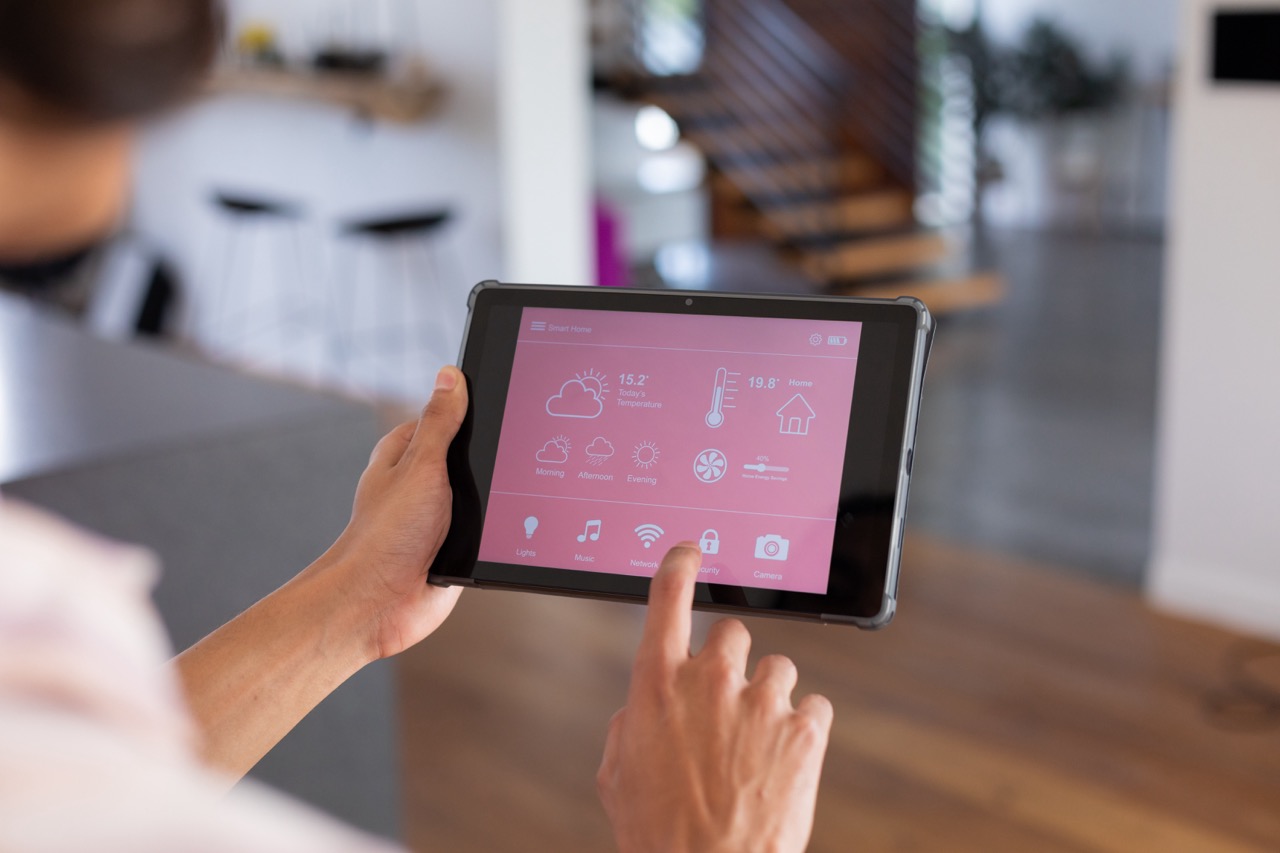In the rapidly evolving tech landscape, voice-controlled smart devices have emerged as a cornerstone of modern home automation. These devices, powered by AI-driven voice assistants, promise to streamline daily tasks and enhance quality of life. However, as with any transformative technology, they come with their own set of benefits and drawbacks. This article delves into the various aspects of voice-controlled smart devices, evaluating their impact on convenience, privacy, accessibility, cost, reliability, and security. Understanding these factors is crucial for anyone considering integrating these technologies into their home or lifestyle.
1. Revolutionizing Home Automation: The Upside
Voice-controlled smart devices have fundamentally changed how we interact with our home environments. With simple voice commands, users can control lighting, adjust thermostats, manage security systems, and operate entertainment devices without lifting a finger. This hands-free control not only adds a layer of convenience but also allows for multitasking and enhanced time management. Furthermore, integrating multiple devices through a centralized system can lead to more efficient energy use, potentially reducing utility costs over time. The ability to automate routine tasks and create customizable scenes for different times of the day or activities also enhances the living experience, making it tailored to individual preferences and needs.
2. Navigating Privacy Concerns with Smart Devices
Despite their convenience, voice-controlled smart devices raise significant privacy concerns. These devices are always listening, waiting for their activation word. This constant surveillance can lead to unintended recordings or data breaches. Companies behind these products often store voice data to improve AI response accuracy, which introduces risks of personal data exposure if their systems are hacked. Moreover, the extent of data collected and how it is used remains opaque to many users, raising fears about surveillance and data misuse. Users must stay informed about the privacy policies of these devices and employ recommended security measures such as regularly changing passwords and disabling features not in use.
3. Enhancing Accessibility Through Voice Commands
Voice-controlled technology is a boon for individuals with mobility or visual impairments. These devices empower users by enabling them to control their environment and communicate with the world through simple voice commands. For example, someone in a wheelchair can adjust lighting, lock doors, or operate a television without needing physical switches. Additionally, voice interaction can assist those who struggle with traditional computing devices, offering a more intuitive and natural way to access information and services. This democratization of technology fosters inclusivity, allowing more people to benefit from digital advancements without being hindered by physical limitations.
4. The Hidden Cost: Are We Overpaying?
While voice-controlled devices offer numerous benefits, they also come with a hidden cost. The initial purchase price can be high, particularly when buying products from leading brands. Moreover, to fully integrate a smart home system, multiple devices across different aspects of the home are often necessary, which can quickly escalate the overall investment. Maintenance and updates can also add to the long-term costs, not to mention the potential need for subscriptions to unlock all features. Consumers should evaluate whether the convenience and benefits justify the expense, keeping in mind that cheaper alternatives might require more frequent replacements or offer less security.
5. Reliability Issues: When Technology Fails
Reliability is another critical aspect of voice-controlled smart devices. While they generally perform well, they are prone to misunderstandings or failures in recognizing voice commands, particularly with accents or in noisy environments. Additionally, dependency on internet connectivity means that any network issues can render these devices useless, impacting not just convenience but potentially security systems as well. Regular firmware updates can also temporarily disrupt service. Users need to consider these potential hiccups and have manual overrides or backups for essential functions, ensuring they aren’t wholly dependent on voice control.
6. Balancing Convenience with Security Risks
The integration of voice-controlled devices into our homes also opens up new vectors for cyber attacks. As these devices gain more access to our personal information and control over home systems, the potential impact of a security breach increases. Ensuring these devices are secure, implementing strong network security protocols, and keeping software up to date are essential steps in mitigating these risks. Users should also be wary of how these devices are integrated and which information is shared between devices, ensuring sensitive data is protected with robust encryption and authentication methods.
Voice-controlled smart devices undoubtedly make life more convenient and accessible, but they also come with significant privacy, cost, reliability, and security considerations. As these technologies become more ingrained in our daily lives, it is imperative to weigh their benefits against the potential risks and costs. By staying informed and cautious, users can harness the advantages of smart devices while minimizing their drawbacks, ensuring that the technology serves us without compromising our values and security.










